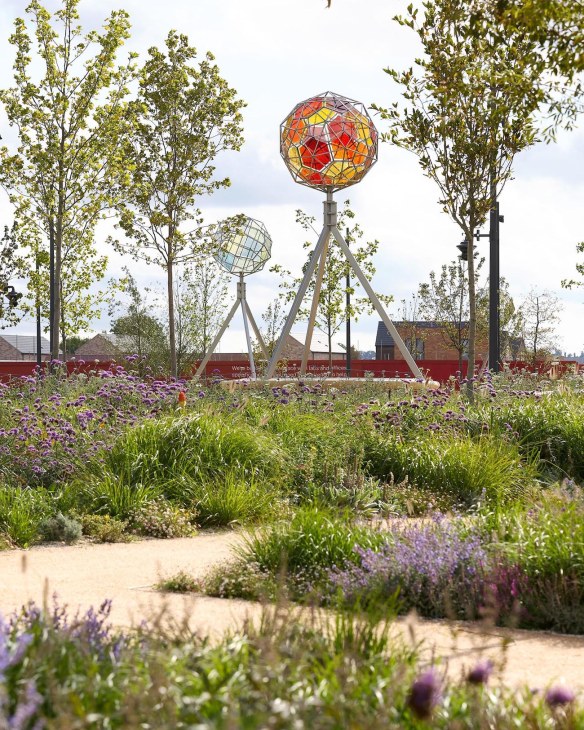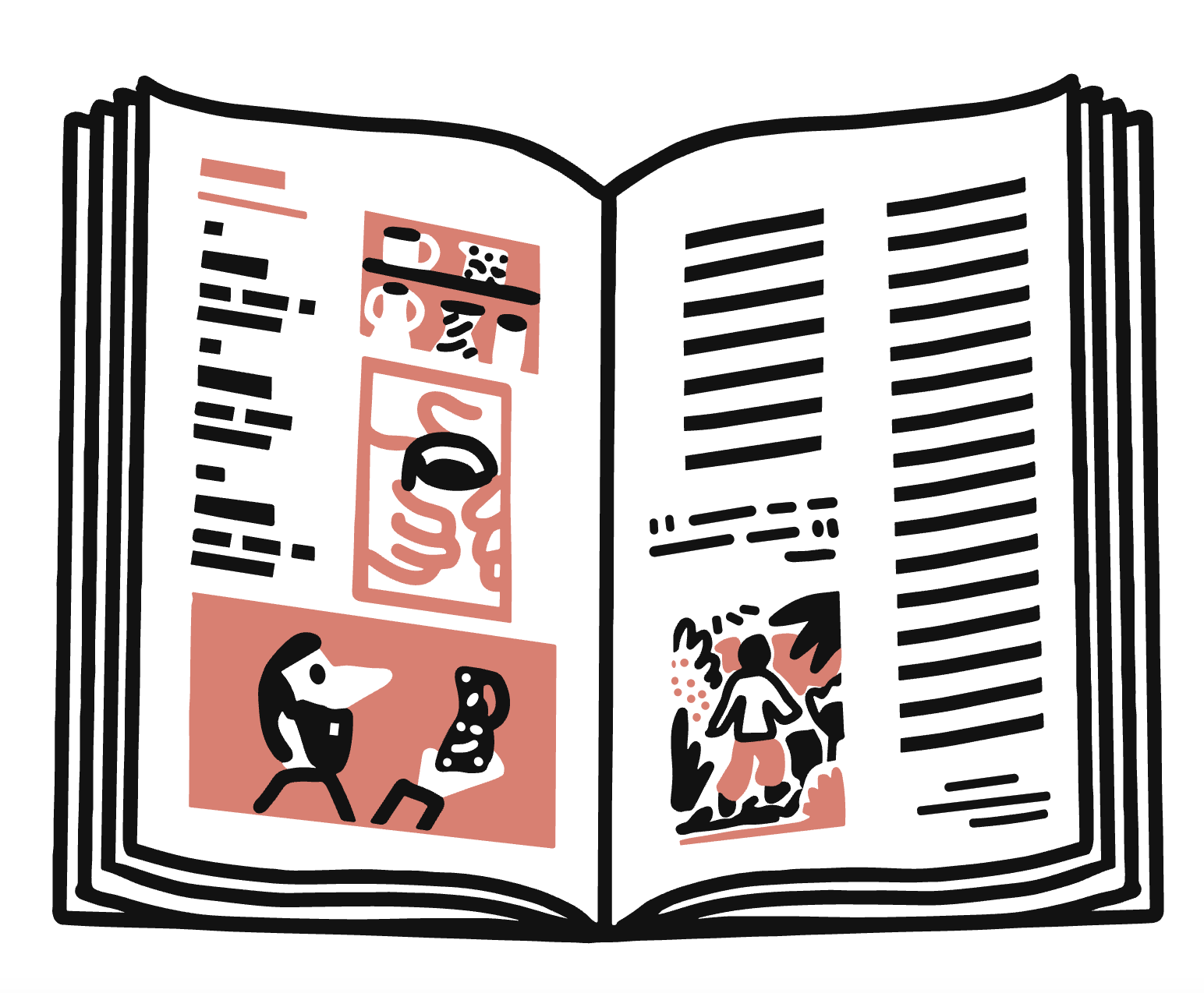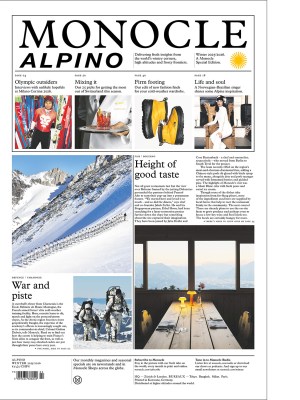Public art can help us to fix our cities. Artist Olafur Eliasson can show us how
The artist behind some of the world’s most ambitious installations returns to the UK with his first permanent public sculptures. We ask about his belief in the power of art to shape communities.
The words “public art” can strike dread into the heart. The term has been bandied about to cover everything from expensive but bland trophy sculptures in corporate plazas to graffiti “art” despoiling yet another building. But don’t lose heart because Icelandic-Danish artist Olafur Eliasson believes that public art, if done well, can make us better citizens, create a sense of community and allow us to think differently. He’s out to prove the point with his first permanent public artwork in the UK, which was recently unveiled at Oxford North – an innovation district focused on nurturing the nation’s science and tech players.
Titled “Your Planetary Assembly”, the installation features eight illuminated sculptures along a meandering park path, with colours inspired by planets including Mars, Neptune and Mercury. Each polyhedron, elevated on a giant tripod, is surrounded by a circular bench. It looks pretty but Eliasson has bigger ambitions for this project than providing an Instagram moment. He is an artist who has used his large-scale works to engage us in conversations about nature, climate and how we want to live. His 2002 Tate Modern show, The Weather Project, was visited by more than two million people.

“If a space is well designed, it can reflect our unmet emotional needs,” says Eliasson. “If we feel comfortable, if we feel as though this is a space where there is a relative degree of safety, it means we could sit down and say to someone, ‘Hey, how are you today? I’ve seen you here before.’”
The benches, he says, function as seats around a campfire. “Each planet is like a fireplace, a warm gathering space. And because they’re not in one row, unorganised and drifting in their own orbital reality, it provides an opportunity for you to question things.” How about being left to contemplate all of this after simply sitting down to have a Pret sandwich at lunch?
In the hands of an artist such as Eliasson, who famously works with a large team out of his studio in Berlin, the “public” element of his art becomes potent. He is not making pieces to hang out of view in an oligarch’s mansion or be hidden away in a Swiss art vault. He creates art that people can use, test, experience and engage with. And these are often monumental, such as the four “waterfalls” he erected in New York Harbour, including one under the Brooklyn Bridge, in 2008.
“Public space belongs to all of us, to the people who intend to use it,” says Eliasson about the arena for much of his work. “It’s something that we must look after together, which hopefully represents our values. We could say that we want our public spaces to reflect our beliefs and our intentions for how we want to live.”
For the artist, one thing that public art can deliver is the feeling of being anchored to a place. “Once you have a sense of belonging, when you feel acknowledged and you experience dignity in the way you can be in a space, then you have something truly unique. And, in that space, you can evolve, contribute and become part of a community. When you’re part of a community, you also become a stakeholder in its future, which will then encourage you to vote. In that way, art is an incredible asset. In fact, one of the greatest things that you can do with public funds is to put them into art. There is a return – it’s an investment with societal upside.”
To hear more from Olafur Eliasson, listen to the Thursday 23 October episode of ‘The Urbanist’. And, for more on the perils and pitfalls of public art, click here.
Read next: If public art is meant to inspire communities, why do cities often get it so wrong?


